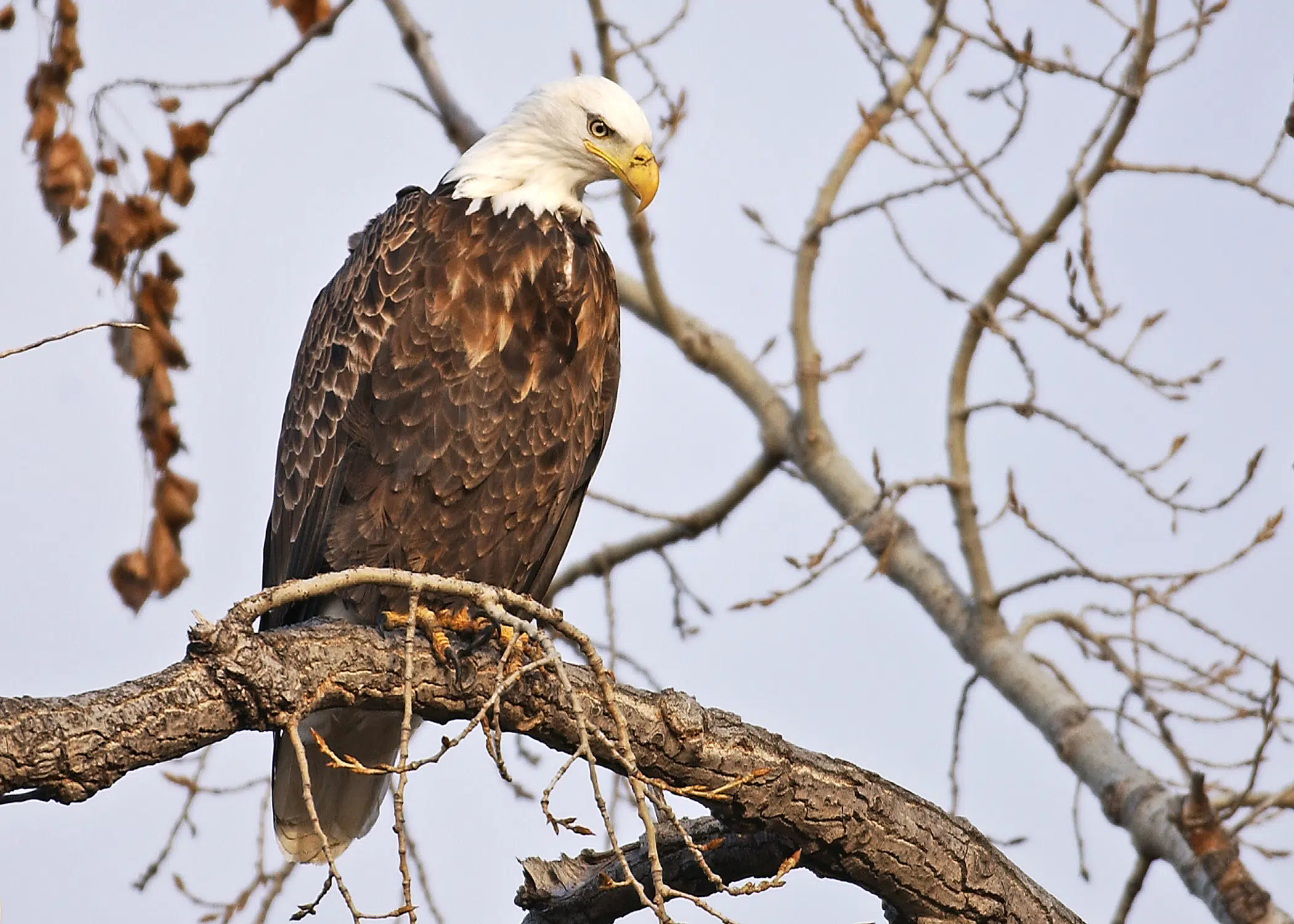
My first North Dakota bear observation was in the Turtle Mountains north of Dunseith, in an area where it likely would not surprise you to see a black bear.
The first eagle I witnessed in the wild was years ago in Logan County, at a time when you’d stop and marvel at the sheer size and beauty of our national symbol.
Now we have a few hundred active eagle nests across the state in places that would have seemed unlikely 30 years ago.
We also have mountain lion, otter and fisher seasons. These are furbearer species that were either rare on nonexistent in North Dakota during that same time frame.
The same goes for black bears. While their resident or transient numbers would not warrant a hunting season any time soon, the Game and Fish Department is interested in finding out when people see them in the state.
“Black bears are quite conspicuous and rarely mistaken for other species,” said Game and Fish furbearer biologist Stephanie Tucker. “Reports from the public are our primary means to keep track of black bears, so the information is valuable.”
Game and Fish confirms 12-15 black bears in the state each year, Tucker said, with most documented in the north or east portions of the state. However, she said they have the potential to turn up anywhere.
Anyone who observes a black bear is asked to report it online at the Game and Fish website, gf.nd.gov.
“It’s important to keep your distance, but if you have an opportunity to take a photo we ask that you upload it with your online observation report,” Tucker said.
Game and Fish is also continuing to look for locations of eagle nests that are in use (but not individual eagle sightings).
Eagles lay eggs in early-to-mid March, which hatch about a month later. Eagle nests are easy to distinguish because of their enormous size.
Nearly 300 active bald eagle nests are now found in the state, mostly near streams and mid- to large-sized lakes. However, they are also found in unique areas such as shelterbelts surrounded by cropland or pasture.
Nest observations should be reported online at the Game and Fish website, gf.nd.gov. Observers are asked not to disturb the nest, and to stay a safe distance away. Foot traffic could create enough disturbance to cause an eagle to leave her eggs or young unattended.
Over the course of time I’ve been accustomed to hearing random wildlife reports and adopted the personal initial response of, “you never know,” because I can imagine others questioning what I saw and where it was. When I saw the eagle it was before I had a smartphone. I snapped a shot of the bear sighting with a Polaroid camera.
You just never know.
What I can say is, we always appreciate it when we get reports, and now it’s easier than ever to document with a quick snap from your phone which can also document the exact location.




Comments